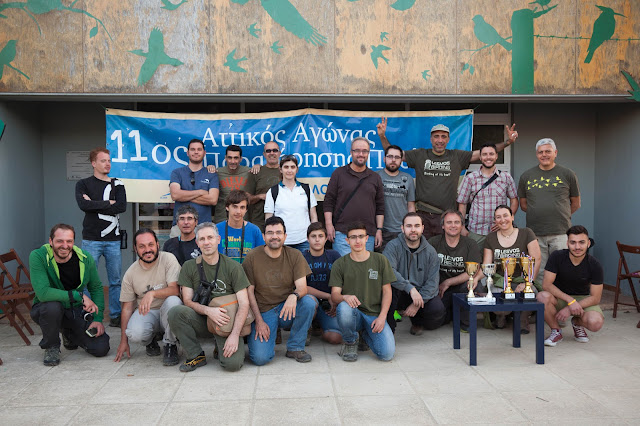 |
| Hellenic Ornithological Society ATHENS BIRD RACE: 6 of the teams that participated (Photo: Aris Vidalis). |
11th Athens Bird Race, April 16th 2016
Athens has been hit by an economic recession since 2009. So how do pastimes such as birding survive in a city which has seen much hardship?
Well birding is a very specialized sport. It incites natural history surveying by amateurs. And Bird Racing which is like a bioblitz of sorts does create a special kind of event atmosphere. The key is to get psyched-up for an all-day bird finding challenge. Of course to do this, you need a community spirit and "teams". Athens is a city of 4 million inhabitants, events like this could be bigger. Ours is usually a low-key event.
For me the Bird Race is a perfect excuse to get away from our computer screens. Two old friends, Aris Vidalis and Vassilis Hatzirvassanis participated with me in the "Sainia" team. We started at around 12:45 (not an early rise..) and drove about- really close to central Athens: Mount Hymettus ridgeline (at about 900 m. asl.), Artemida Wetlands (30 kms east of Athens, at the popular beach of Loutsa), Rafina estuary and ending at the Tritsis Park in western Athens.
Well we did'nt really work very hard since the day did'nt seem to have too many birds - sunny and perfect for a bird migration over-pass (no reason for birds to stall and stop to stage). So I enjoyed a largish FIX beer and we just slowly drifted taking snap-shots of flowers and of each other. We ended up finding 29 bird species.
We'll do better next year!
And finally:
The
Hellenic Ornithological Society keeps bird-centered activities in Athens and in Greece alive. And thanks to the volunteers and pathos for nature and birds this has been going on for several years now. The 11th year of this Bird Race is a year that a lot of Environmental NGOs in Greece are having hard times. So...please support the Society if you are into birds and nature conservation:
http://www.ornithologiki.gr/
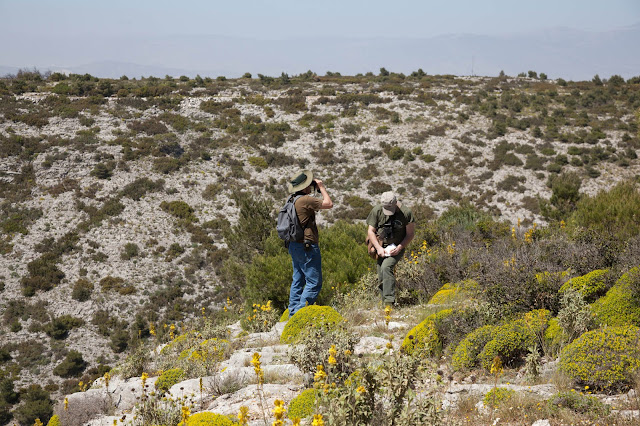 |
| Mount Hymettus. Birding in the phrygana and scattered maquis. Saw a far-away Short-toed Snake Eagle. (Photo: Aris Vidalis). |
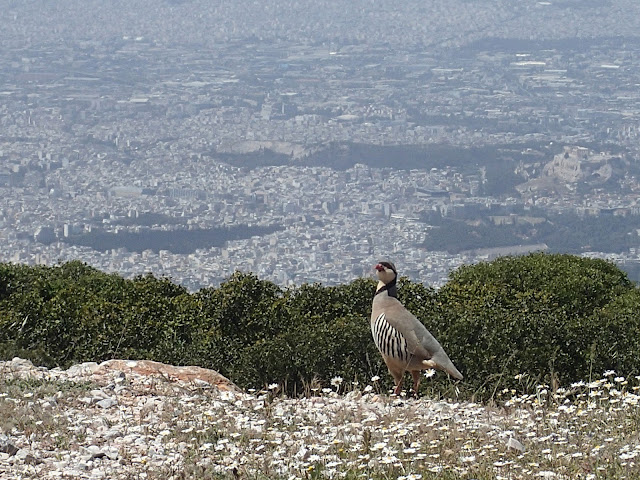 |
| Chukar partridge with the Athens basin as a backdrop. Near Hymettus ridgeline. |
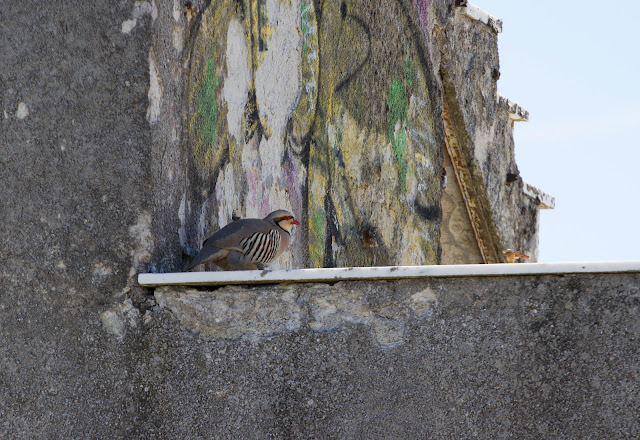 |
| Chukar partridge on abandoned building at Mount Hymettus. (Photo: Aris Vidalis). |
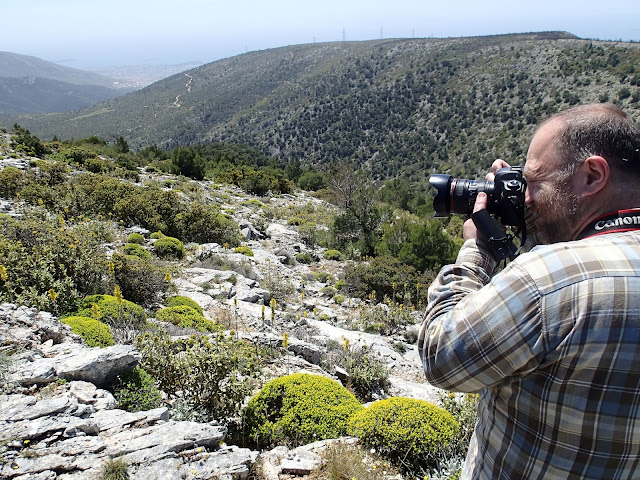 |
| Aris surveys the south part of Hymettus - an impressive Natura 2000 next to Athens. |
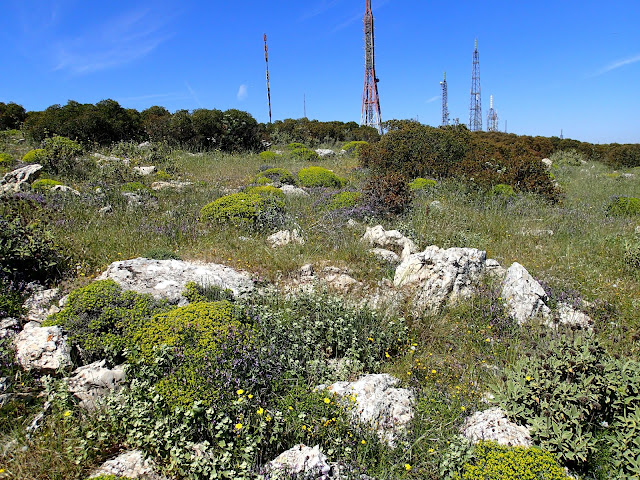 |
| Peak flower season at Hymettus ridge line. |
 |
| Euphorbias, Asphodelines and the scent of Aleppo pine - Mount Hymettus. (Photo: Aris Vidalis). |
 |
| Down at the formerly flooded meadows of Loutros, near Athens Airport (Spata area). (Photo:Vassilis Hatzirvassanis). |
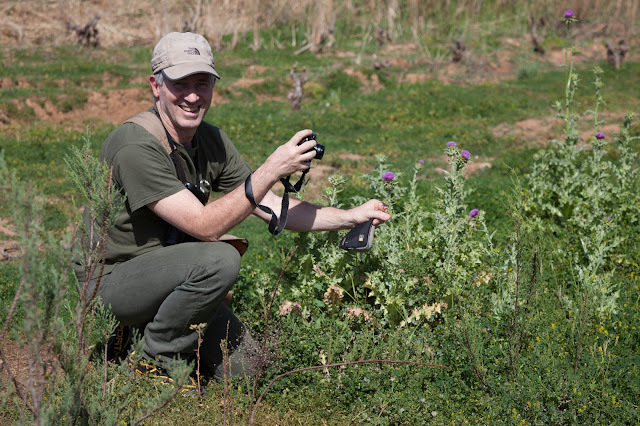 |
| Vassilis on Milk Thistles. (Photo: Aris Vidalis). |
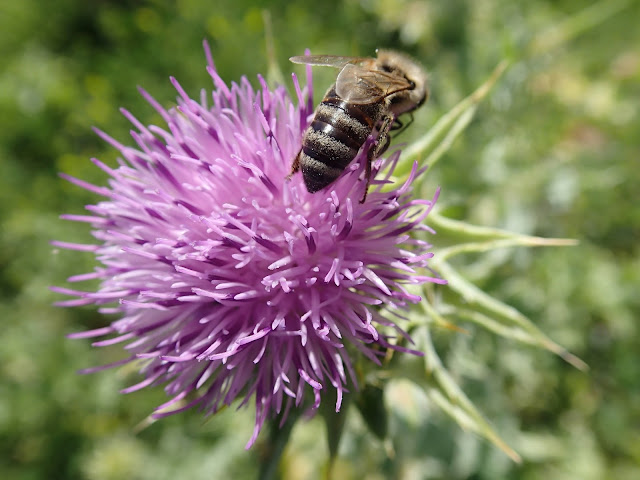 |
| Bee on Milk Thistle. |
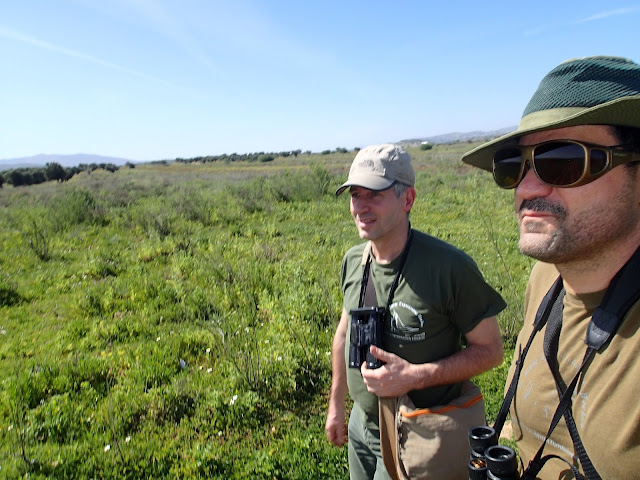 |
| Loutros: Finding a flock of 35 Yellow Wagtails with Vassilis. |
 |
| Artemida Wetland (Loutsa). Good wader spot. (Photo: Aris Vidalis). |
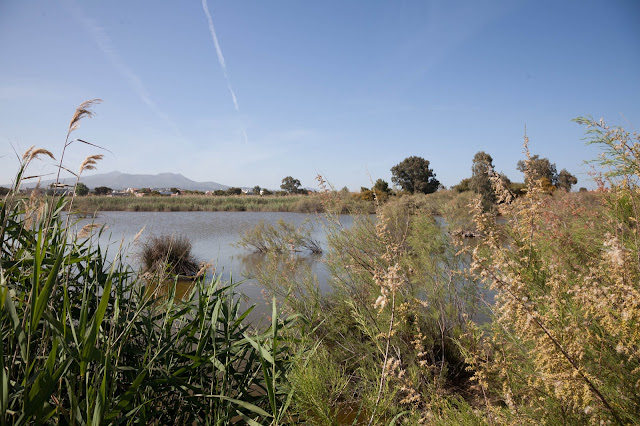 |
| Artemida Wetland (Loutsa). (Photo: Aris Vidalis). |
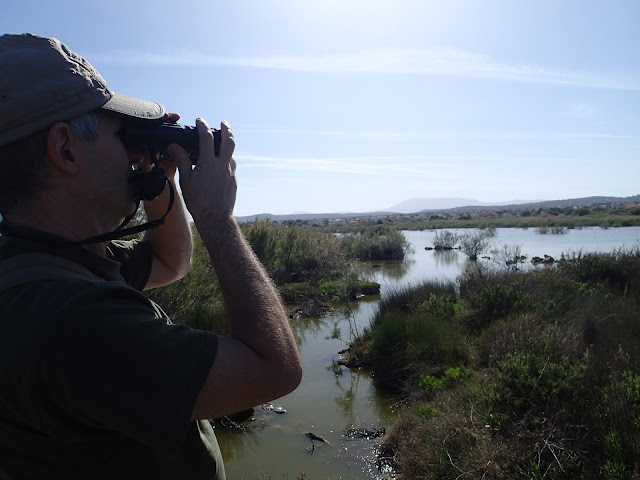 |
| Artemida Wetland (Loutsa). |
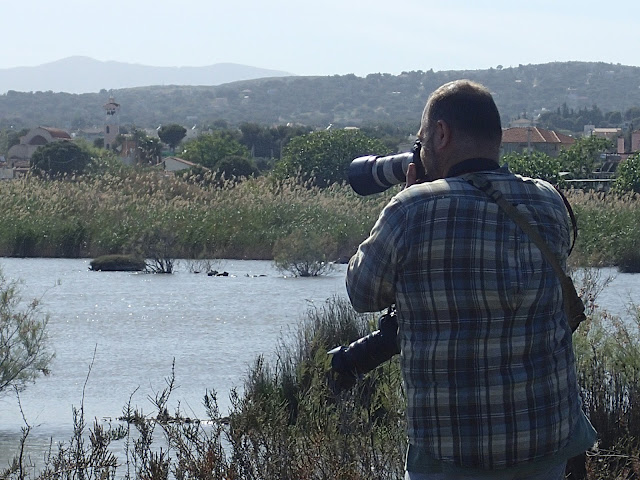 |
| Aris photographs Artemida Wetland (Loutsa). |
 |
| Artemida Wetland (Loutsa): 50 Wood Sandpipers! (Photo: Aris Vidalis). |
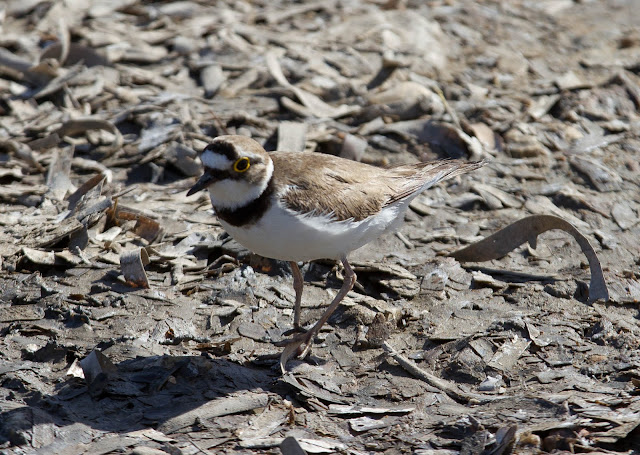 |
| Artemida Wetland (Loutsa): Little Ringed Plover. (Photo: Aris Vidalis). |
 |
| Artemida Wetland (Loutsa): Little Stint. (Photo: Aris Vidalis). |
 |
| Artemida Wetland (Loutsa): Dunlin. (Photo: Aris Vidalis). |
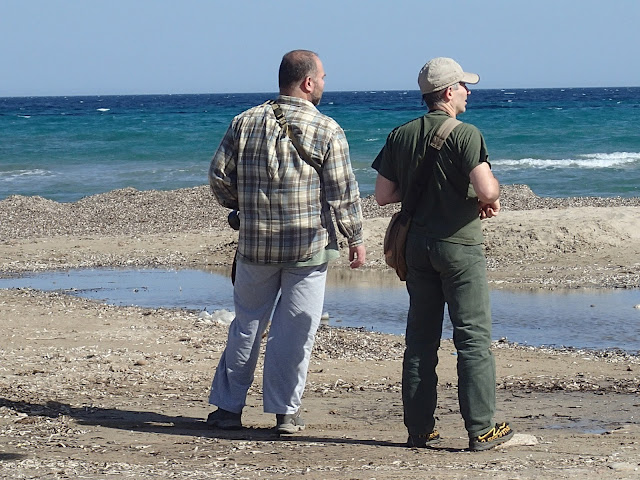 |
| Surveying the sea at Artemida Wetland. |
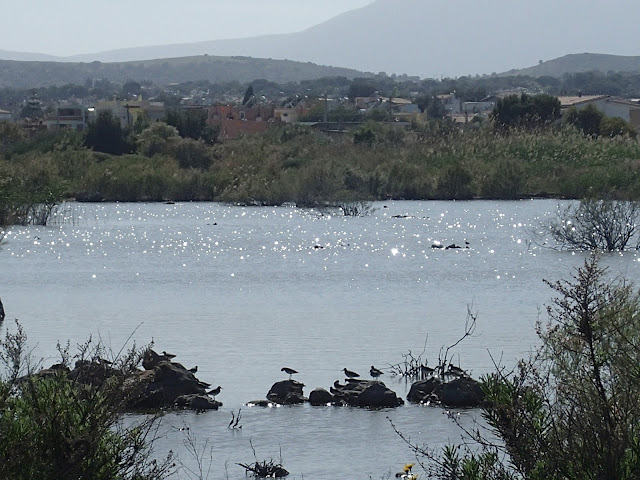 |
| Artemida Wetland (Loutsa): former infilling debris as islets. |
 |
| Artemida Wetland (Loutsa). |
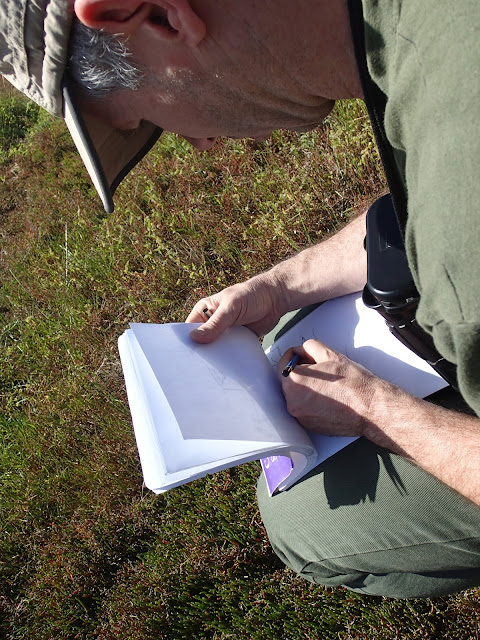 |
| Artemida Wetland (Loutsa): note-taking. |
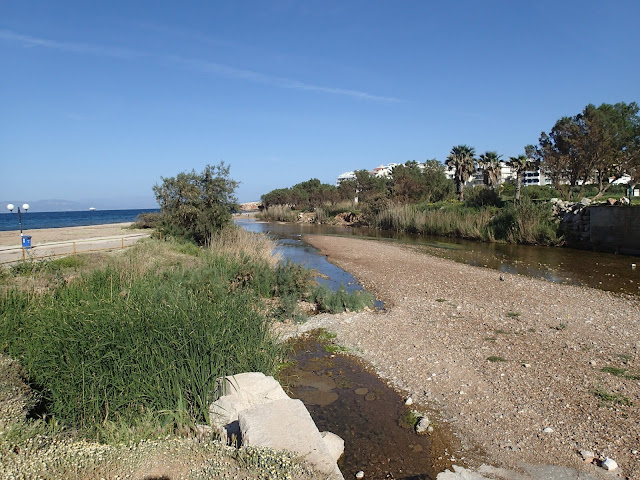 |
| Rafina river estuary. |
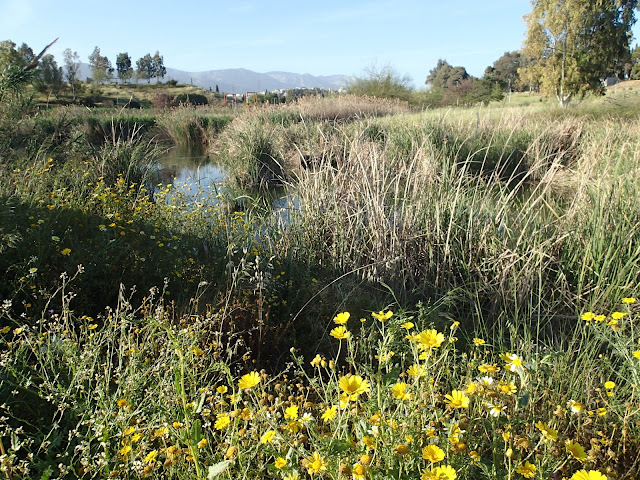 |
| Tritsis Park in the west side of Athens. |
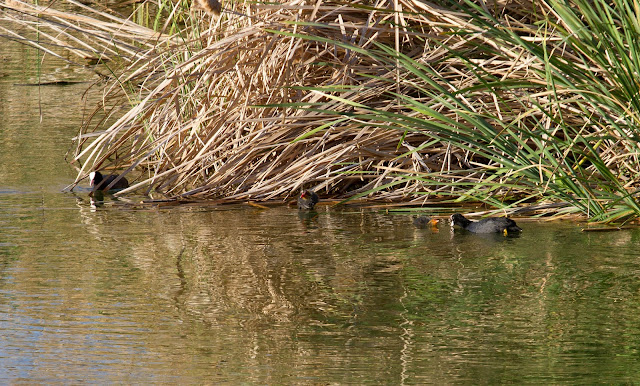 |
| Tritsis Park in the west side of Athens: Breeding Eurasian Coots. (Photo: Aris Vidalis). |
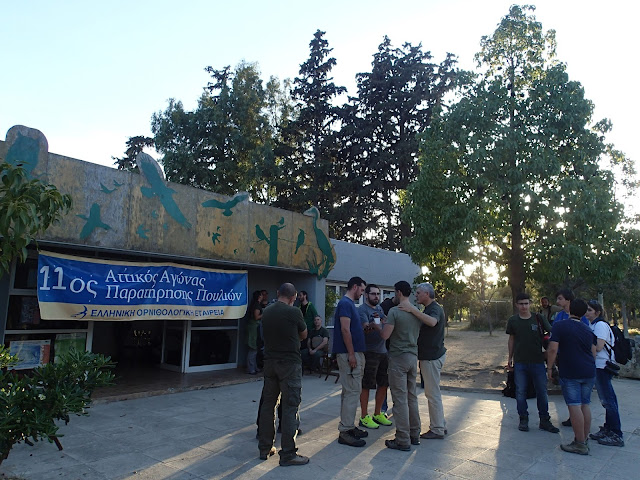 |
| Tritsis Park in the west side of Athens: Final gathering spot for Bird Race and "community spirit". |
And finally, for history's sake, some stats from Nikos Probonas and Labros Katerinopoulos:
-9 Teams participated, three teams on Antikythira Island.
-34 observers involved
-23 sites visited
-151 species tallied
-Highest count tallied by two teams, 91 spp.
-Third place: 82 spp.
-Last place: 29 spp. (us!!!)
-Rarest bird: Blue-cheeked Bee-Eater (At Pyrgos Vraonas, near Vravrona)
And the original summary in our language:
"Tο περασμένο Σάββατο 16 Απριλίου, πραγματοποιήθηκε, όπως κάθε άνοιξη, ο 11ος Αττικός Αγώνας Παρατήρησης Πουλιών. 9 ομάδες έδωσαν το παρόν, αποτελούμενες από 34 συνολικά παρατηρητές. Οι ομάδες επισκέφτηκαν 23 βιοτόπους της Αττικής και κατέγραψαν συνολικά 151 είδη. Φέτος ο "συναγωνισμός" ήταν ιδιαίτερα έντονος, καθώς είχαμε ισοβαθμία τόσο στην πρώτη θέση, όσο και στο σπανιότερο είδος.
Την πρωτιά λοιπόν μοιράστηκαν οι "Πτεροδρόμοι" με ομαδάρχη το Νίκο Προμπονά και οι "Νυφογερανοί" με ομαδάρχη το Γεράσιμο Μπεριάτο. Αμφότερες οι ομάδες, παρατήρησαν από 91 είδη. Τρίτη θέση με 82 είδη για τα "Ξεφτέρια" με ομαδάρχη το Θανάση Τσαφώνη.
Σπανιότερο είδος για φέτος ήταν, χωρίς αμφιβολία, ο Πράσινος Μελισσοφάγος, ο οποίος παρατηρήθηκε στη Βραυρώνα από τα "Ξεφτέρια" και τους "Πετρόκληδες του Μαγκρέμπ" με ομαδάρχη τον Αντώνη Τσακνάκη.
Στον αγώνα συμμετείχαν επίσης οι "Δουσούτρυγγες" και τα "Σαΐνια" καταγράφοντας 78 και 29 είδη αντίστοιχα. Εκτός συναγωνισμού συμμετείχαν ο "Μαχητής" Νίκος Φωκάς, ο "Κούκος" Γιώργος Παπαγιάννης και φυσικά οι "Ναυαγοί" από τα Αντικύθηρα (όπου καταγράφηκε Ερημοπύρρουλας)".













